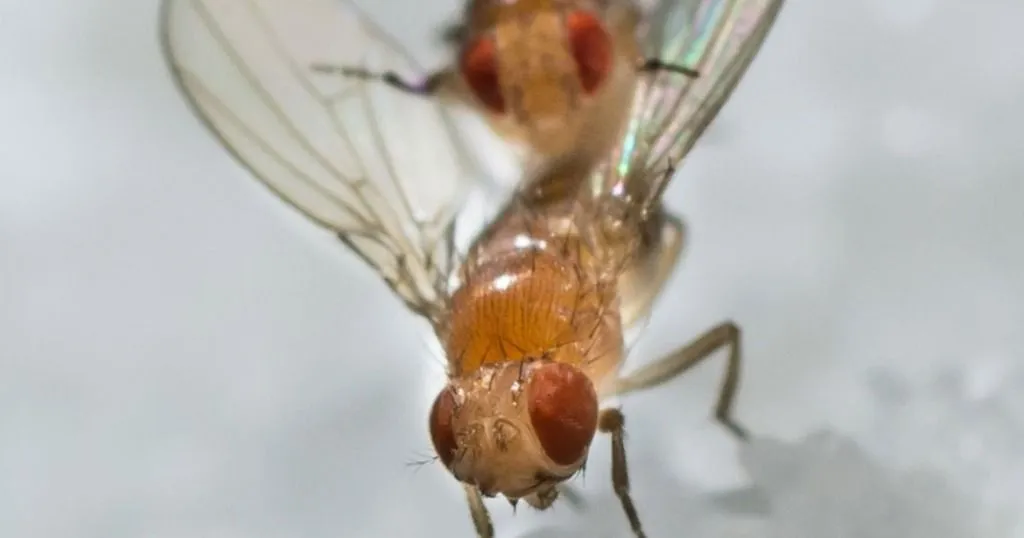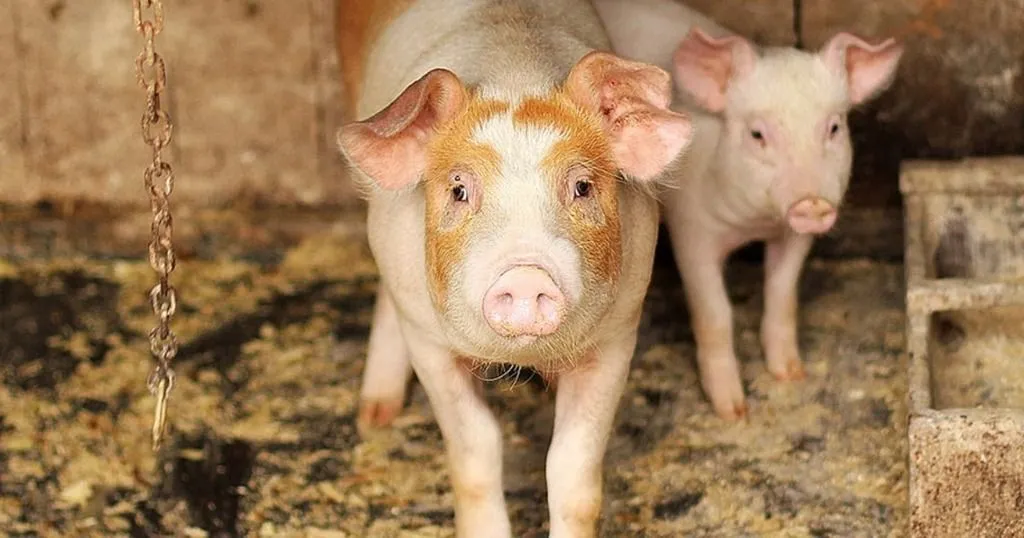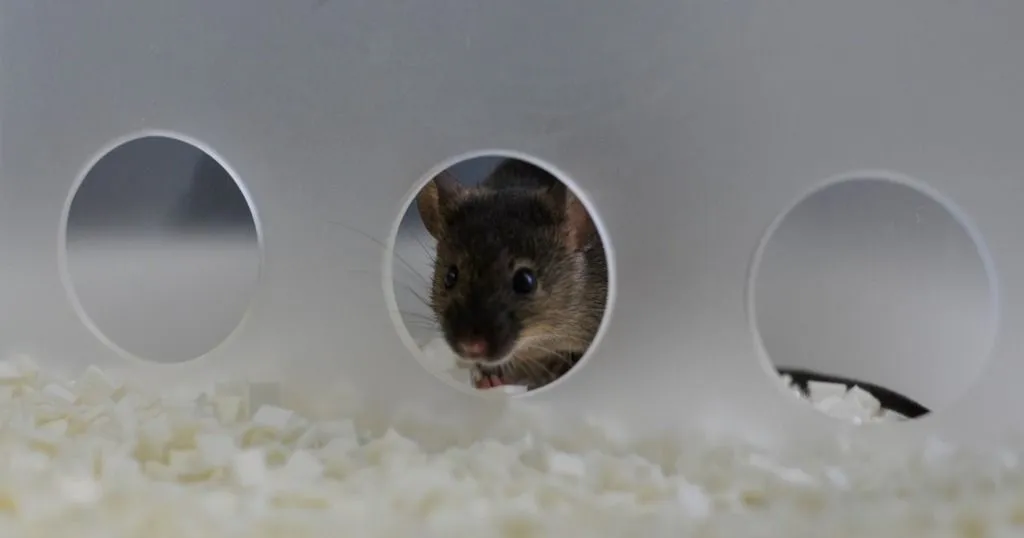The power of rejection (in fruit flies)
Fruit flies have amazing sense of smell. This includes the ability to navigate to a food source, as well as search out a preferred mate. However, there are other areas in which their olfactory systems come into play.
Posted by
Published on
Thu 01 Sep. 2016
Topics
| Drosophila | Fruit Fly | Video Observation | Video Tracking |

In a previous post we talked about fruit flies and their amazing sense of smell. This includes the ability to navigate to a food source, as well as search out a preferred mate. However, there are other areas in which their olfactory systems come into play. This includes courting behavior (did you know the male does all the work?) and obesity. Yes - obesity can be studied in fruit flies.
Courtship. The male does all the work, but feminizing specific parts of his olfactory system can suppress this behavior. But it is not easy, as Kido and Ito (Ochanomizu University, Japan) found out.
The male does the work
We already established that the sense of smell is important in mate preference. These researchers thought it was time to figure out what exactly makes the male act as it does during courtship display. Apparently, the whole brain is involved in this gender-specific behavior. Using a specific genetic modification, Kido and Ito were able to ‘feminize’ specifically targeted parts of the fly brain. When specific regions were targeted, courtship behavior was not affected; only feminizing almost all neurons suppressed male courtship behavior.
The power of rejection
Rejection can hurt. And it might do so in fruit flies as well, as Winbush and colleagues from the University of Southern California discovered. A male that has been repeatedly rejected by potential female mates is less likely to court another female. So why is this important? It indicates that fruit flies do have some ability to form long-term memories, which could be relevant in many avenues of research.
A magic pill
Some might wish there was a magic pill to prevent overeating, and fruit flies might be able to help us find one. Gasque and colleagues from The Rockefeller University in New York used fruit flies to screen a range of molecules for potential food-intake modulation. They identified one called metitepine. They then used fruit flies to find that the 2A serotonin receptor was responsible for the inhibiting effect of metitepine on feeding behavior. To study feeding, researchers had to get up close and personal with their insect models: they observed mouth-hook contractions, and measured the optical density of the gut, to estimate food intake.
Nature vs nurture
What happens early in life may affect how you do later in life, but genes also seem to influence how you behave. The same is true for fruit flies, as Burns and his colleagues show. They studied two strains of fruit flies, called sitters and rovers. As their names imply, these strains normally show different behaviors in the presence of food: one primarily sits, while the other roves through the environment. However, sitters fight against their genetic propensity and rove as needed for food if deprived of food during early life, while rovers did not feel the need to up their game when raised under the same adverse circumstances.
Night-time activity
We have something else in common with fruit flies: our day-night rhythmicity. Like us, Drosophila are diurnal – they are active during the daytime, and inactive at night. Unless you pair up a male and a female (fruit fly, that is), as shown by Fuiji and colleagues from the Duke University Medical Center in North Carolina. While male-male and female-female couples got their night’s rest, heterosexual couples did not…
Hugging the walls
When you find yourself in an unknown environment, especially in a precarious situation, you might feel the need to stay close to the walls. This is a behavior known as thigmotaxis (or wall-hugging), and is observed in many animal species. This is an evolutionarily protective behavior; as open spaces can lead to more predation or other negative outcomes. Soibam and his colleagues from the University of Houston, Texas found that fruit flies are no different. Interestingly, they showed that not all walls are equal: fruit flies prefer outer walls and smaller corners more than inner walls and large corners.
Image of Drosophila courtship behavior by Francisco Romero Ferrero [CC BY-SA 4.0], via Wikimedia Commons.
References
For more information on video tracking with EthoVision XT, click here.
For more information about scoring behavior with The Observer XT, click here.
- Burns, J.G.; Svetec, N.; Rowe, L.; Mery, F.; Dolan, M.J.; Boyce, W.T.; Sokolowski, M.B. (2012). Gene-environment interplay in Drosophila melanogaster: chronic food deprivation in early life affects adult exploratory and fitness traits. PNAS 109, 17239-17244.
- Fuiji, S.; Amrein, H. (2010). Ventral lateral and DN1 clock neurons mediate distinct properties of male sex drive rhythm in Drosophila. PNAS, 107, 23.
- Fuiji, S.; Krishnan, P.; Hardin, P.; Amrein, H. (2007). Nocturnal male sex drive in Drosophila.Current Biology, 17(3), 244-251.
- Gasque, G.; Conway, Stephen, C.; Huang, J.; Rao, Y.; Vosshall, L.B. (2013). Small molecule drug screening in Drosophila identifies the 5HT2A receptor as a feeding modulation target.Scientific Reports, 3, 21220.
- Kido, A.; Ito, K. (2002). Mushroom bodies are not required for courtship behavior by normal and sexually mosaic Drosophila. Journal of Neurobiology,52(4), 302-311.
- Soibam, B.; Goldfeder, R.L.; Manson-Bishop, C.; Gamblin, R.; Pletcher, S.D.; Shah, S.; Gunaratne, G.H.; Roman, G.W. (2012). Modeling Drosophila positional preferences in open field arenas with directional persistence and wall attraction.PLOS ONE, 7(10), e46570.
- Winbush, A.; Reed, D.; Chang, P.L.; Nuzhdin, S.V.; Lyons, L.C.; Arbeitman, M.N. (2012). Identification of gene expression changes associated with long-term memory of courtship rejection in Drosophila males.G3: Genes/Genomes/Genetics, 2, 1437-1445.
Related Posts

How to measure emotions in pigs

Screening plants for resistance to insect pests

